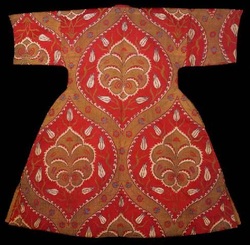 Late 16th Century Ottoman Caftan.
Late 16th Century Ottoman Caftan. Below I will illustrate a few of the more common types of patterns and will include examples of extant textiles that follow that form. After that, I will discuss some motifs that you see on period textiles and finally, I will provide links for fabrics that I would consider purchasing for garb and why I think they would make more than decent choices (of course, some of them are inaccessible due to cost, but they are too lovely not to share).
| While it is possible to have smaller, scrolling designs such as the fruit and scroll design below, what you will not see in Ottoman weaving is a modern scattered paisley such as the one to the right. | Below is an image of a common style of paisley design that is often found at fabric stores. Were this pattern already in my stash of fabrics I might use it as a lining or pants, but I would not deliberately buy this for use in Ottoman garb. |
Ottoman weavers and artisans use both nature inspired designs and those with a more solid, geometric form. Below are some samples of designs used by the Ottoman court.
| Circles could be an element alone but were often arranged in a triangle to form the pattern known as cintamani. The display of Imperial Silks I saw at the Freer Sackler Gallery in 2005 had a sign that said that the cintimani represented wish granting jewels. For more information and images on these types of pattern, see Mistress Urtatim's article on it located here: http://home.earthlink.net/~al-tabbakhah/cintamani.html |
If you look at most of the examples I posted above, you will see that the prints tend to be large scale compared to the garments. Giant flowers, circles and vines can often be found on home decorating fabrics (think of woven textiles meant to clothe sofas) but not so often in the apparel lines or in quilt fabrics. Sometimes we find a near-perfect print in terms of style, but each motif is a mere inch across and there is not enough ground visible behind them.
Would I buy personally buy that tiny print? It depends, if the motif itself is appropriate, and the layout is nice and the colors period, most definitely, even if the scale is small. (Some small-scale designs could actually pass as Persian imports, so one does not have to avoid them completely!)
I look for bold, striking patterns and purchase them when I can, but given the modern tastes in textiles, I do not encounter these things as often as I would like so I will choose something that at least has a few correct elements or I will opt for a solid.
I have done some pretty extensive scouting online in search of period Ottoman patterns for use as modern reenactors. There are several (nice) options for unlimited budgets, but few that perfectly fit our needs. That being said, if you look hard enough you can find some gems or some very lovely fabrics that make reasonable substitutions. Below are some of my choices along with extant samples that defend those picks (in my mind, at least).
Modern Fabric This is an Amy Butler quilting cotton that is available here: https://www.fabric.com/buy/204067/amy-butler-alchemy-imperial-paisley-zinnia The layout is correct, it uses ogees and I like the rich red of the background and use of yellow/gold. The scale is also not bad, as each of the ogees is about 6 inches across. It is a bit modernly busy, but not bad. | Similar Period Textile |
| I love this one. At first the stems looked a bit Art Nouveau to me but they are really not that far off of some of the extant tulips we see. And for a quilting cotton, the scale (each motif is 5 inches) is not too bad either. The fabric can be purchased here: https://www.fabric.com/buy/220949/joel-dewberry-notting-hill-tulips-tangerine |
| Here is a Moda Fabrics pinecone motif with lattice work. I love the design itself and the layout. I wish the scale were a little larger but, as I mentioned above, we can't have everything. https://www.fabric.com/buy/fv-495/moda-birds-berries-pinecones-berry |
| Above is a geometric print with a decent size to the motifs. It is a bit busy for my tastes, but it is lovely and I think I would be tempted if I saw this on a sale shelf somewhere and use it for pants even if it reads as fairly modern to me. http://www.equilter.com/cgi-bin/webc.cgi/st_prod.html?p_prodid=166998&sid=31U9Hz3CYAIAC31-02113271812.c2 Below is another geometric style print that I think I would definitely consider. There are not as many extraneous squiggles and bits of color as there are in the previous one. https://www.fabric.com/buy/em-274/joel-dewberry-heirloom-tile-flourish-amber |
| I was initially torn on this one because of the new age feel it has, but linework and crescents are both things can can be found in period textiles. This sample is blue (which could have been obtained from indigo, and there is also a nice buff color as well). https://www.fabric.com/buy/0304092/facets-celtic-shields-metallic-blue |
| This one is screen printed on cotton canvas and is meant for home decor, but the weight would probably work well for a caftan. Scale for this one is very nice. https://www.fabric.com/buy/0288070/magnolia-home-fashions-oh-suzanni-metal |
| Even though this one reads as a modern print to me, it still has one has several design elements that are appealing to me. Unfortunately, it has a coarse texture and high pricetag. https://www.fabric.com/buy/227122/swavelle-mill-creek-barossa-espresso |
| This one falls into the "OMG I NEED THIS" category. It is a silk and rayon blend, is velvet with gold and is in a wonderful period pattern. http://www.moodfabrics.com/home-fabrics/silk/velvet/chocolate-royal-gold-floral-velvet.html |
| Spoonflower is a site that will take any art you can come up with and print it on fabric. They also sell prints designed by others. They have several period prints available and these can be applied to quite a few fabrics (quilting cotton, sateen, silk/cotton blend). This is not an inexpensive way of doing it, but the options are lovely and the fabrics lightweight. (One additional note: the silk/cotton blend is a bit light and would need to be lined to use for a coat. The colors also look a bit washed out on the silk. Order swatches first!) http://www.spoonflower.com |
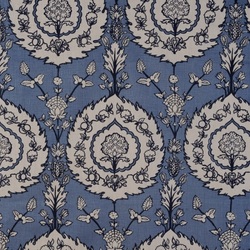
http://www.soane.co.uk/product/fabrics/turkish-blossom#
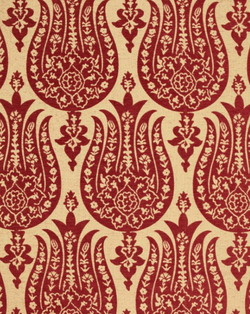
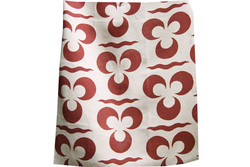
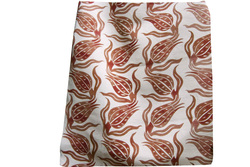
| Ottoman Silks sells actual silks woven in Turkey, in period patterns. It does not get much better than that! https://www.ottomansilks.com/ |
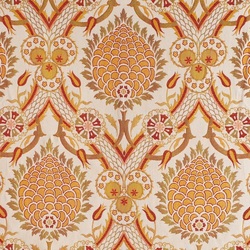
http://stores.kasaboo.com/-strse-5956/anichini%2C-goredean%2C-lucrezia%2Csheeting/Detail.bok
And look at the others by this maker (you will NOT regret it):
http://www.anichinifabrics.com/index.php/catalog/product/view/id/293/s/hazeran/category/7/
http://www.anichinifabrics.com/index.php/catalog/product/view/id/289/s/anja/category/7/
You can always attempt to paint, stencil, emboss or otherwise decorate your own fabrics to imitate these glorious designs. I have seen people stamp designs on silk, apply silver leaf to fabric, stencil large scale motifs onto cotton or linen and I am even going to attempt to machine embroider a cintamani design on linen fabric to create an allover pattern. Be creative and experiment!
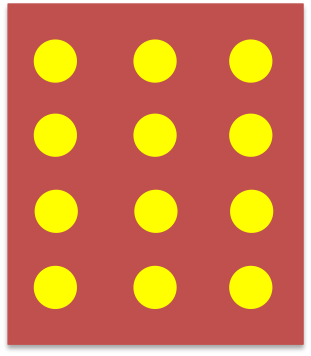
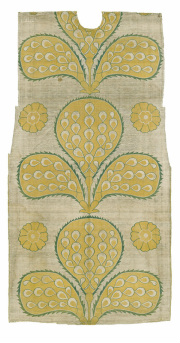
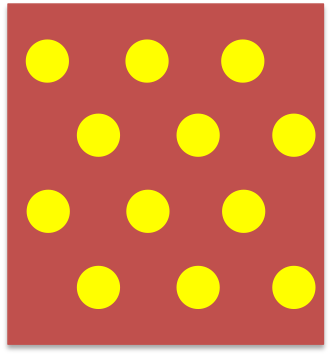
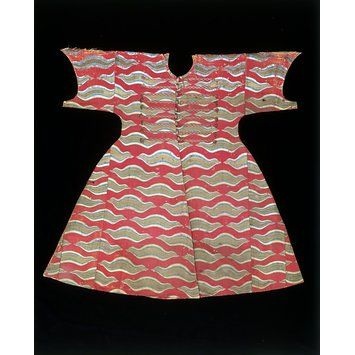
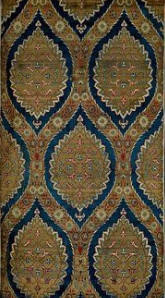
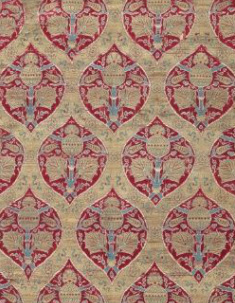
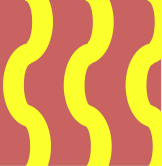
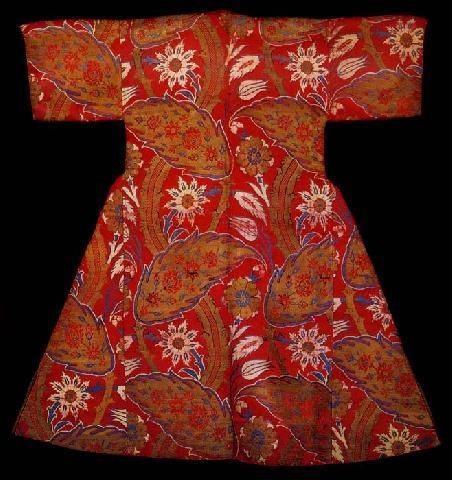
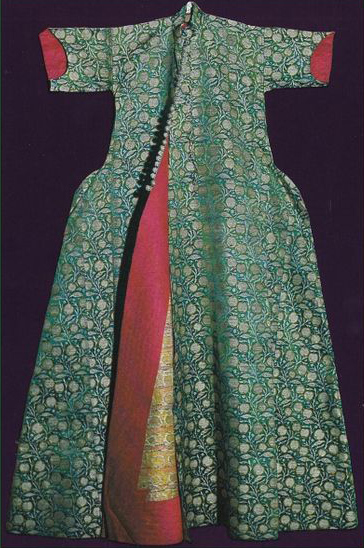
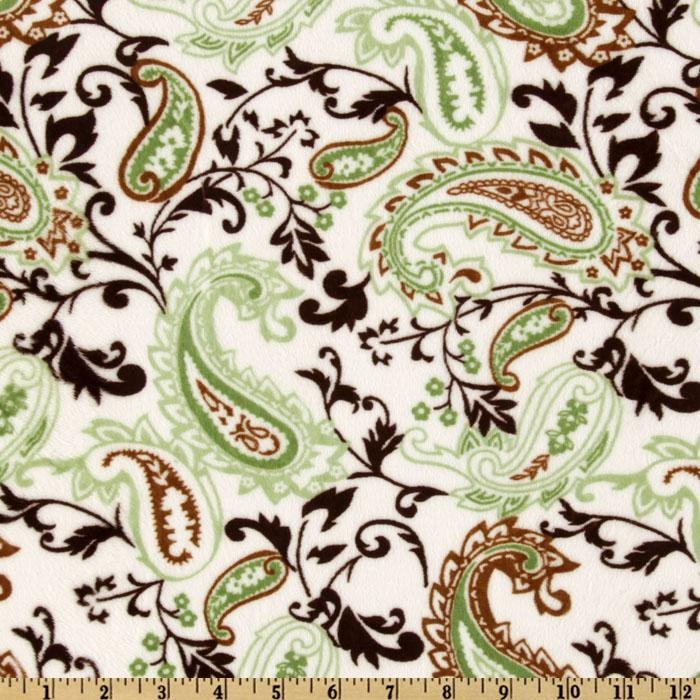
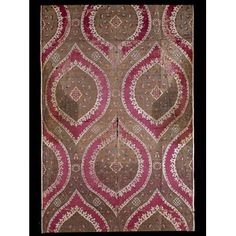
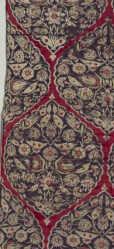
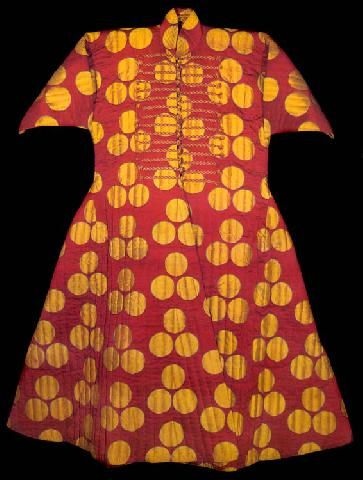
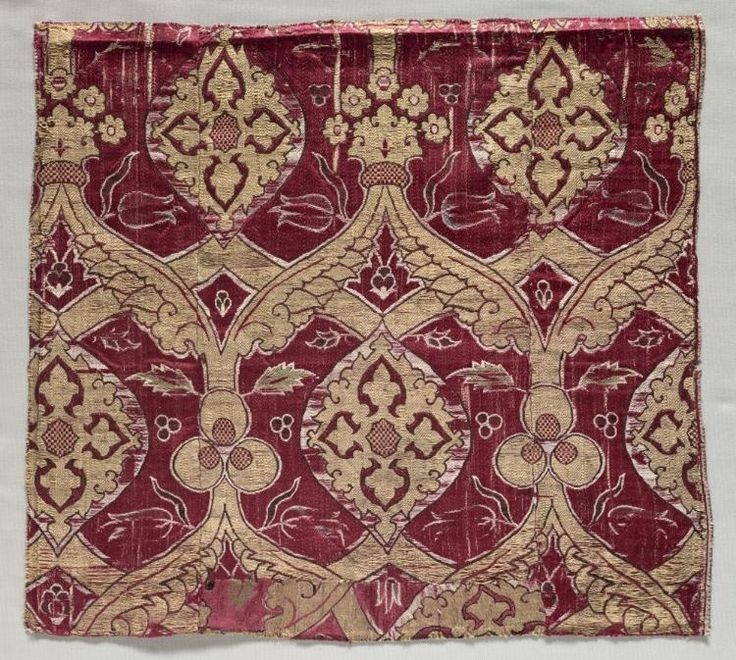


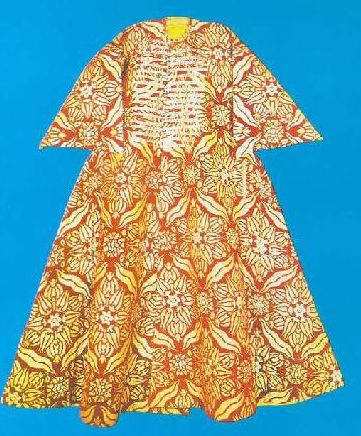
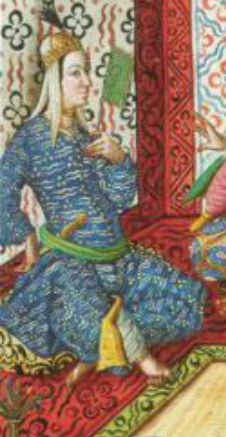
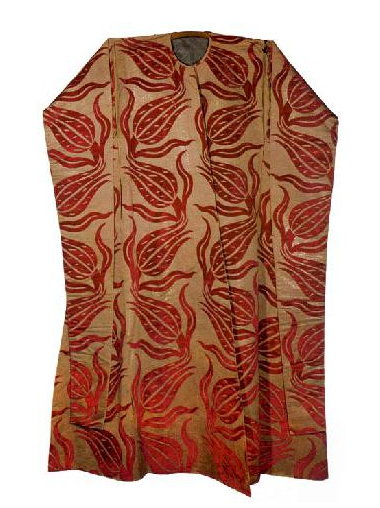
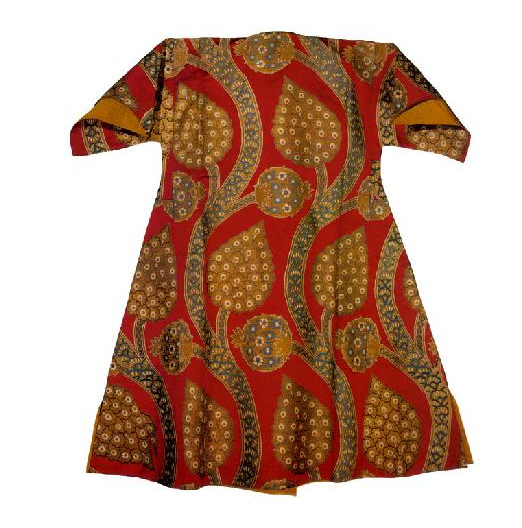
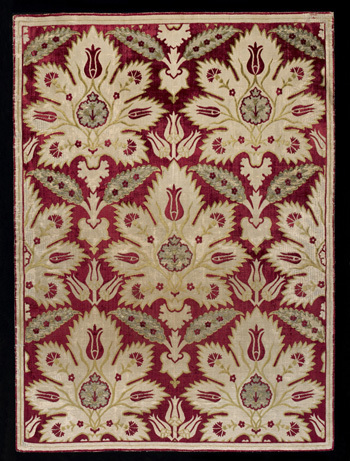
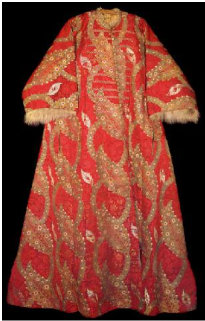

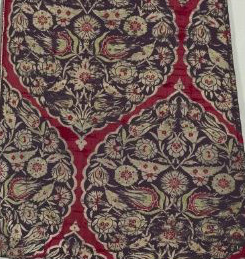
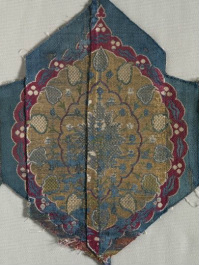

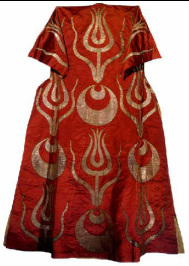
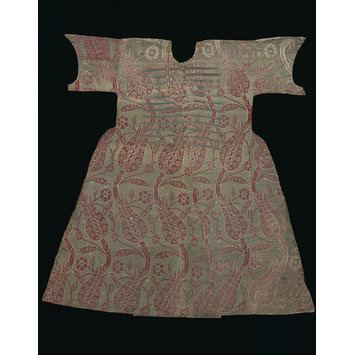
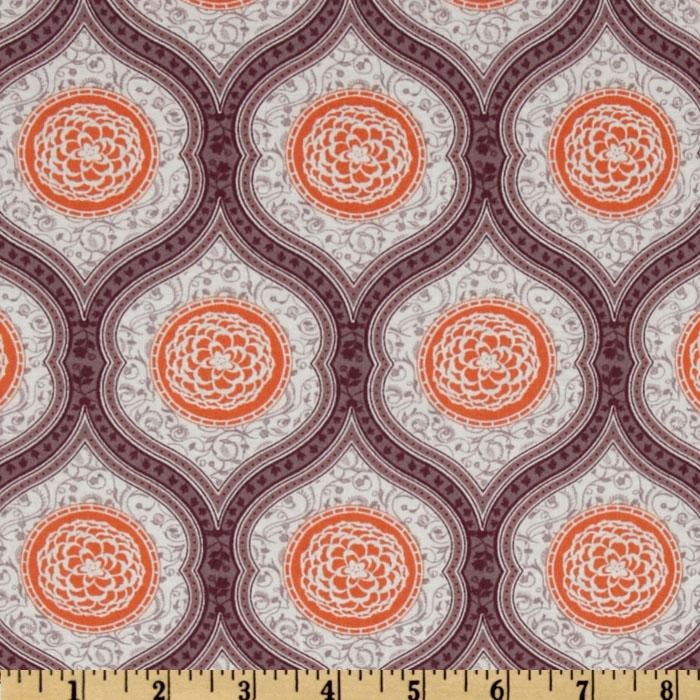
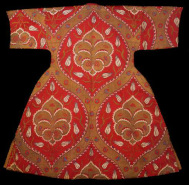
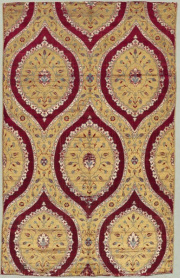
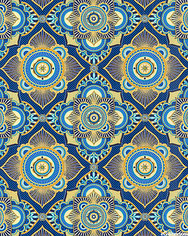
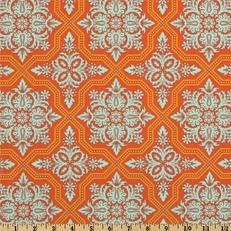
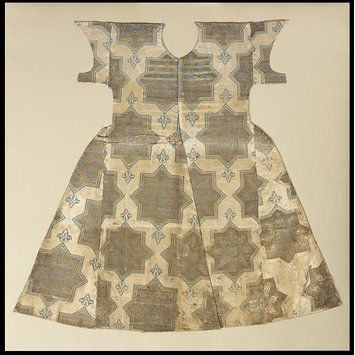
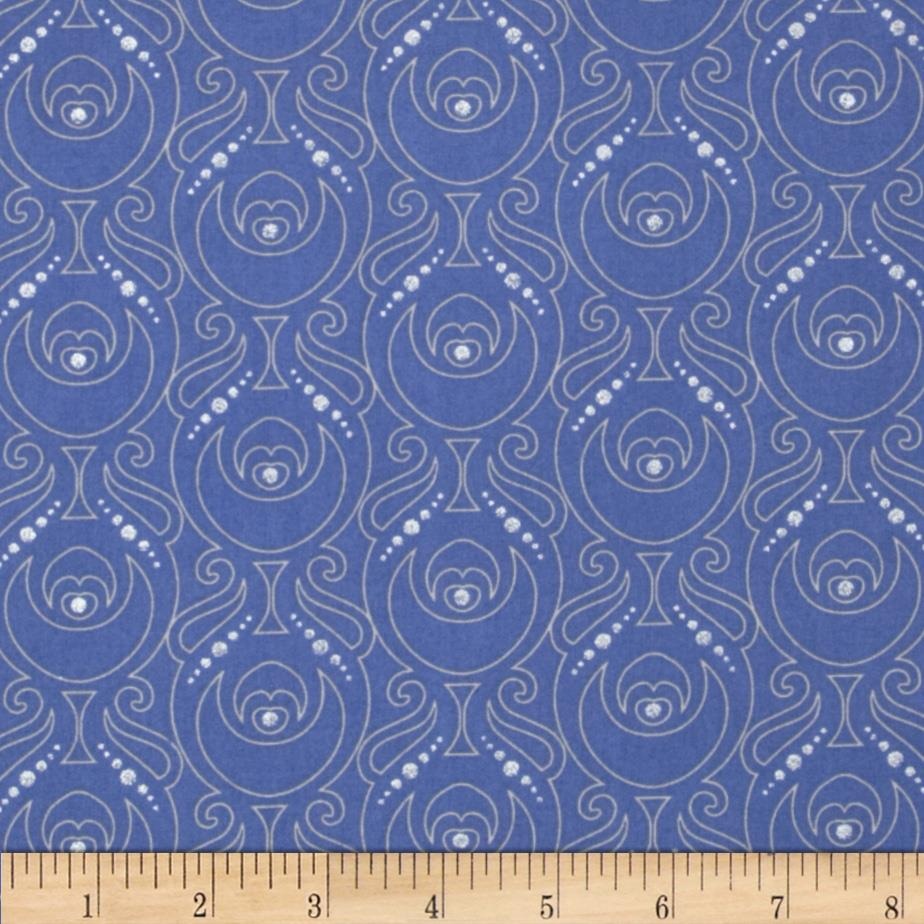
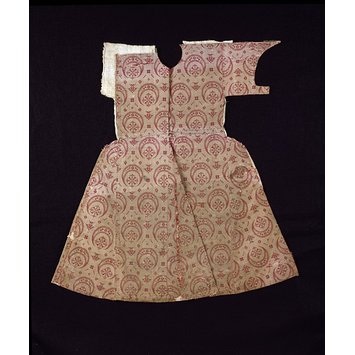
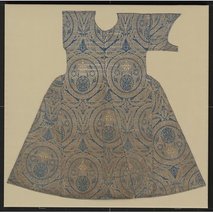
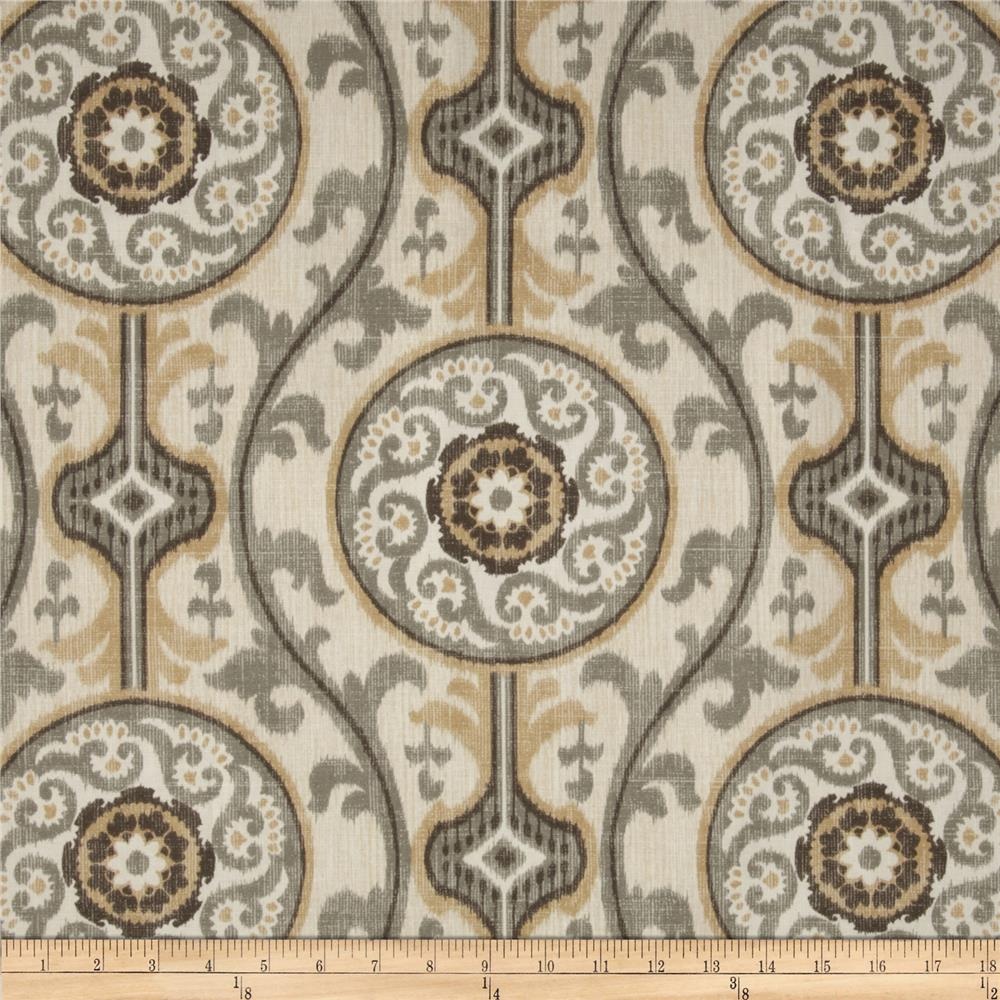
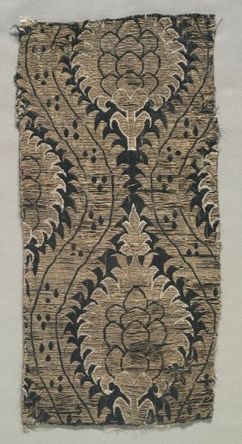
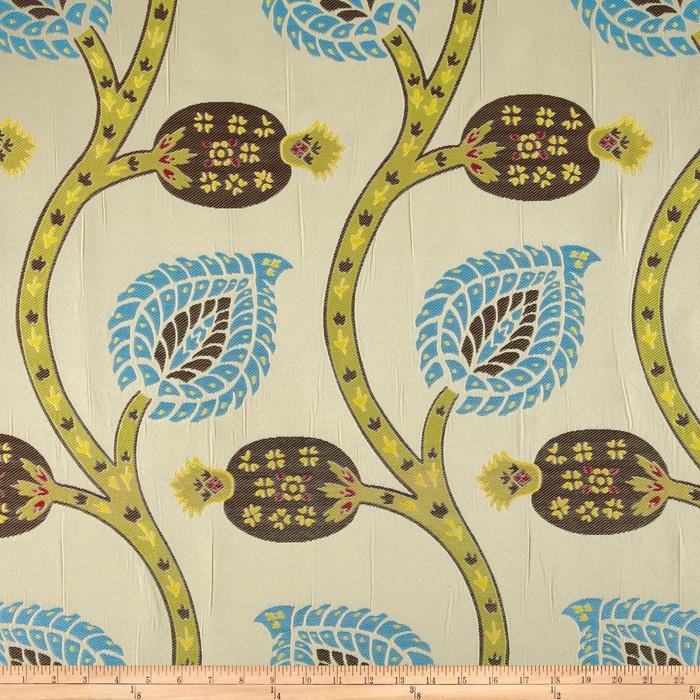
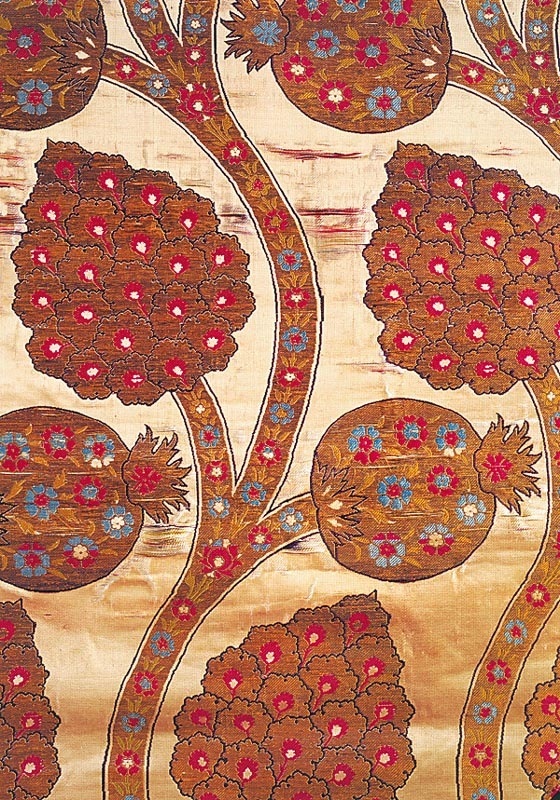
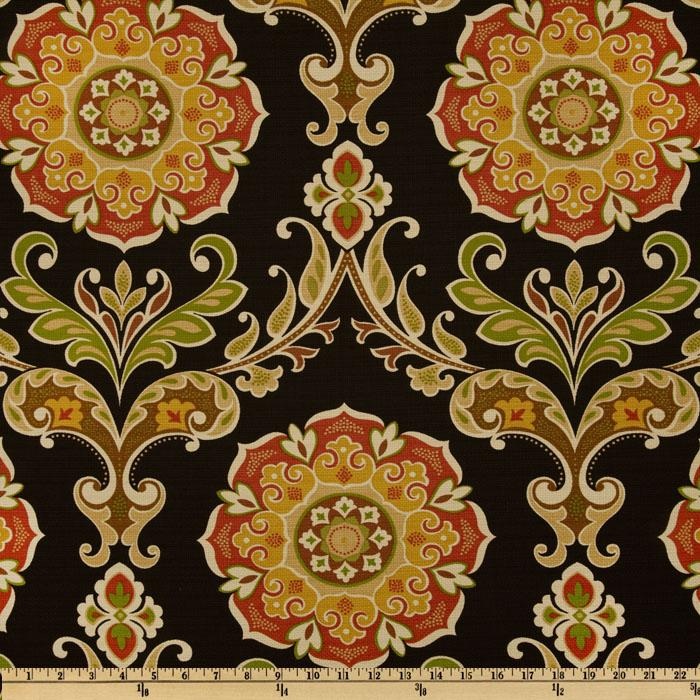
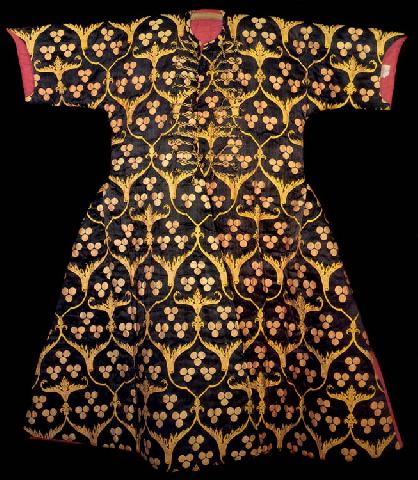
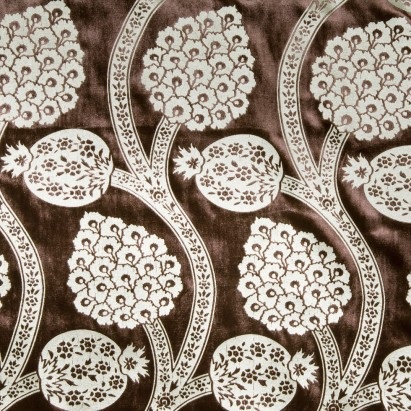
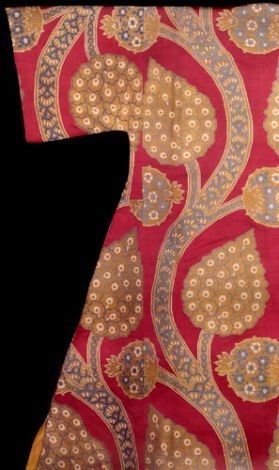
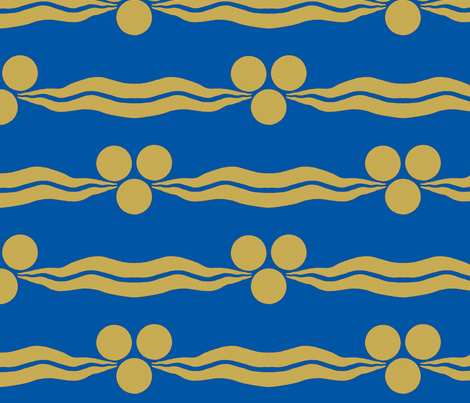
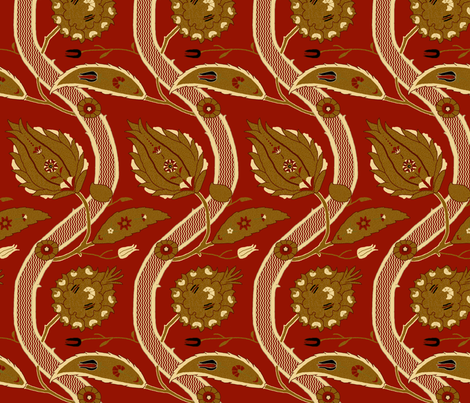
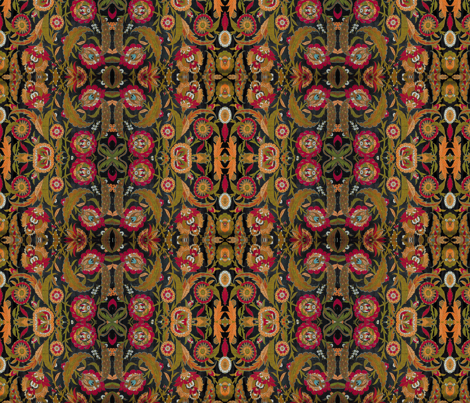
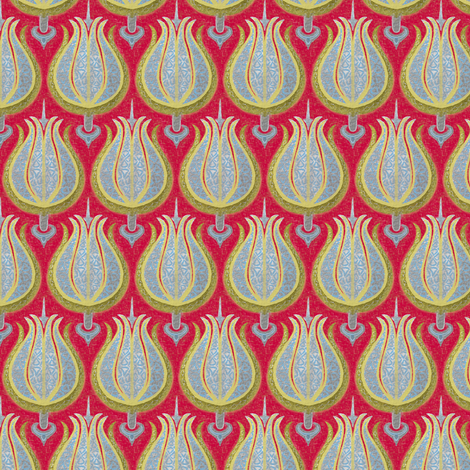
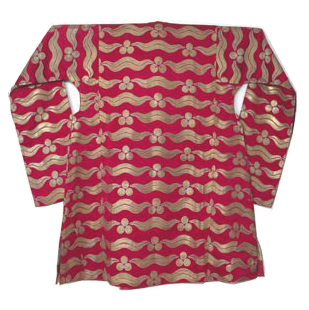
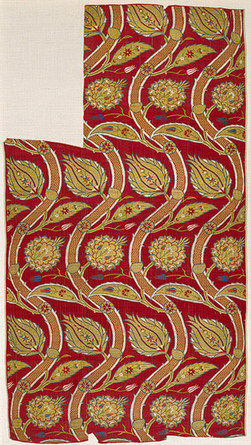
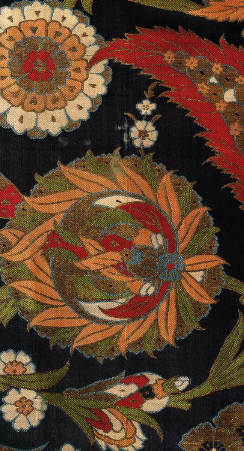
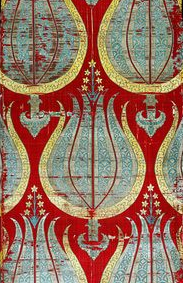
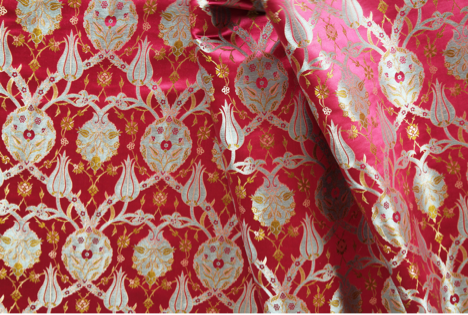
 RSS Feed
RSS Feed